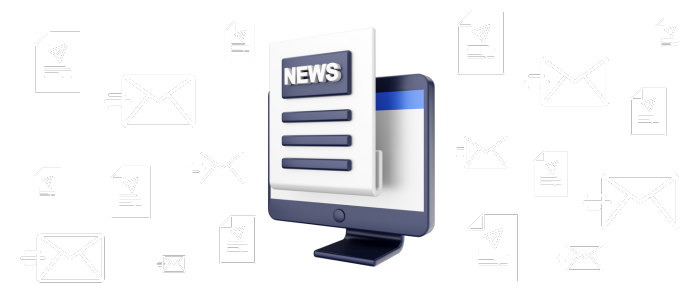
Duplicate cleansing made easy
Do you want to efficiently clean up the duplicates in your DAM system without losing metadata?
More about duplicate cleansingby Veronika Altenbach
In today's digital age, organizations must manage the metadata of a vast amount of digital assets. This metadata is crucial for efficient organization and retrieval of content, as well as for creating automated workflows. Often, the enrichment of digital assets is carried out manually, which can significantly reduce the efficiency of providing up-to-date content. In a fast-paced digital era, this can lead to significant financial losses. This is where the use of metadata mapping and artificial intelligence (AI) for automatic metadata tagging comes in.

Automatic metadata tagging – or auto-tagging – is the process of automatically assigning descriptive metadata to a large volume of images. Each asset is classified through data extraction or analyzed by AI and provided with relevant tags, keywords, and specific descriptions. This process enriches digital assets with valuable information that also forms the basis for unlocking the full potential of a Digital Asset Management (DAM) system.
Automatic tagging is not exclusively dependent on AI; it can also be performed without it. For example, valuable information that is already stored by the camera when an asset is recorded can be automatically extracted and used. For instance, the season for which the image is relevant can be directly derived from the recording date.
In the DAM world, metadata refers to a descriptive term, a keyword, asset-specific information such as copyright information, location of capture, etc., or descriptions of the content of the asset. Meaningful metadata not only helps to quickly find and reuse assets, but also facilitates the automation of workflows and the adherence to corporate policies and standards.
While a metadata mapper can read out fields such as
AI services such as Microsoft Azure AI Services offer further possibilities for tagging assets:
The use of automatic tagging represents a huge advance in Digital Asset Management. This technology enables significant time savings and improves the organization and efficiency of asset management. This allows companies to fully exploit the full potential of their digital resources.


Do you want to efficiently clean up the duplicates in your DAM system without losing metadata?
More about duplicate cleansing
The range of digital content, from images and videos to documents, is growing inexorably. But how do you manage the flood? Discover how you can significantly increase your productivity in managing your digital content by using artificial intelligence (AI).
More
Discover in our blog post why digital asset management (DAM) systems are indispensable for companies that manage a variety of digital media. Find out how you can find the right DAM system and which criteria are decisive for selection and implementation.
More